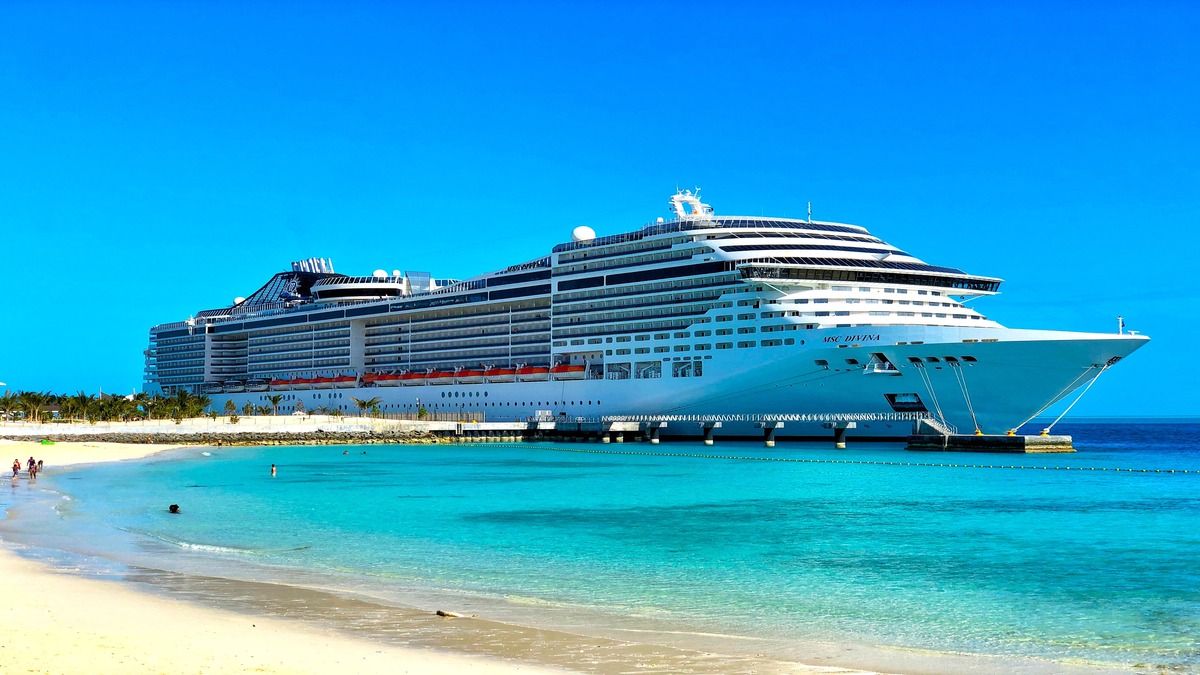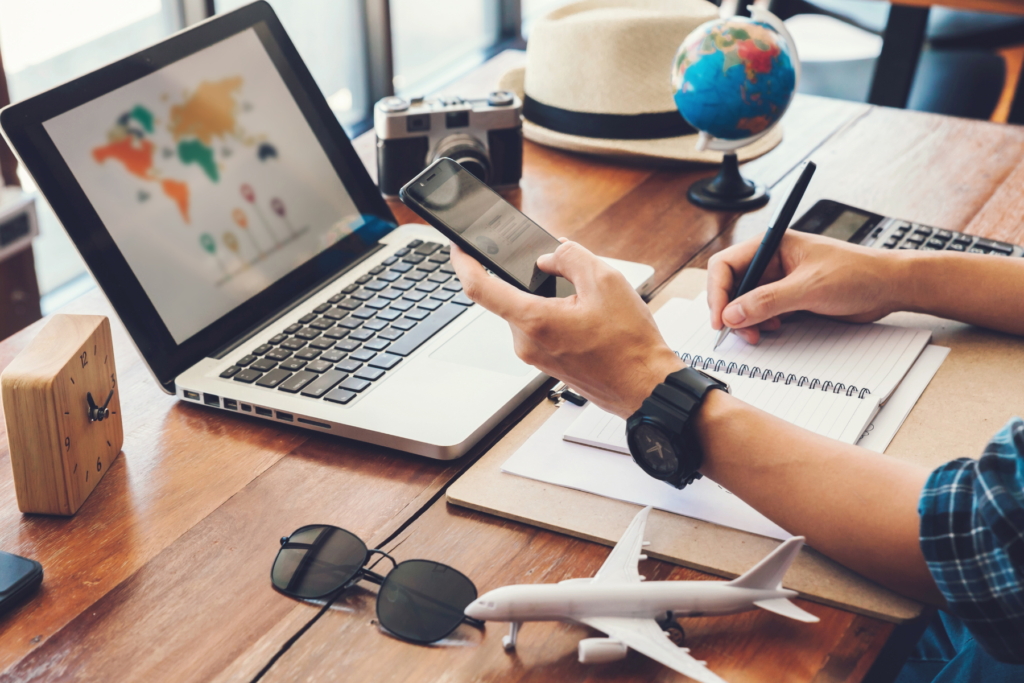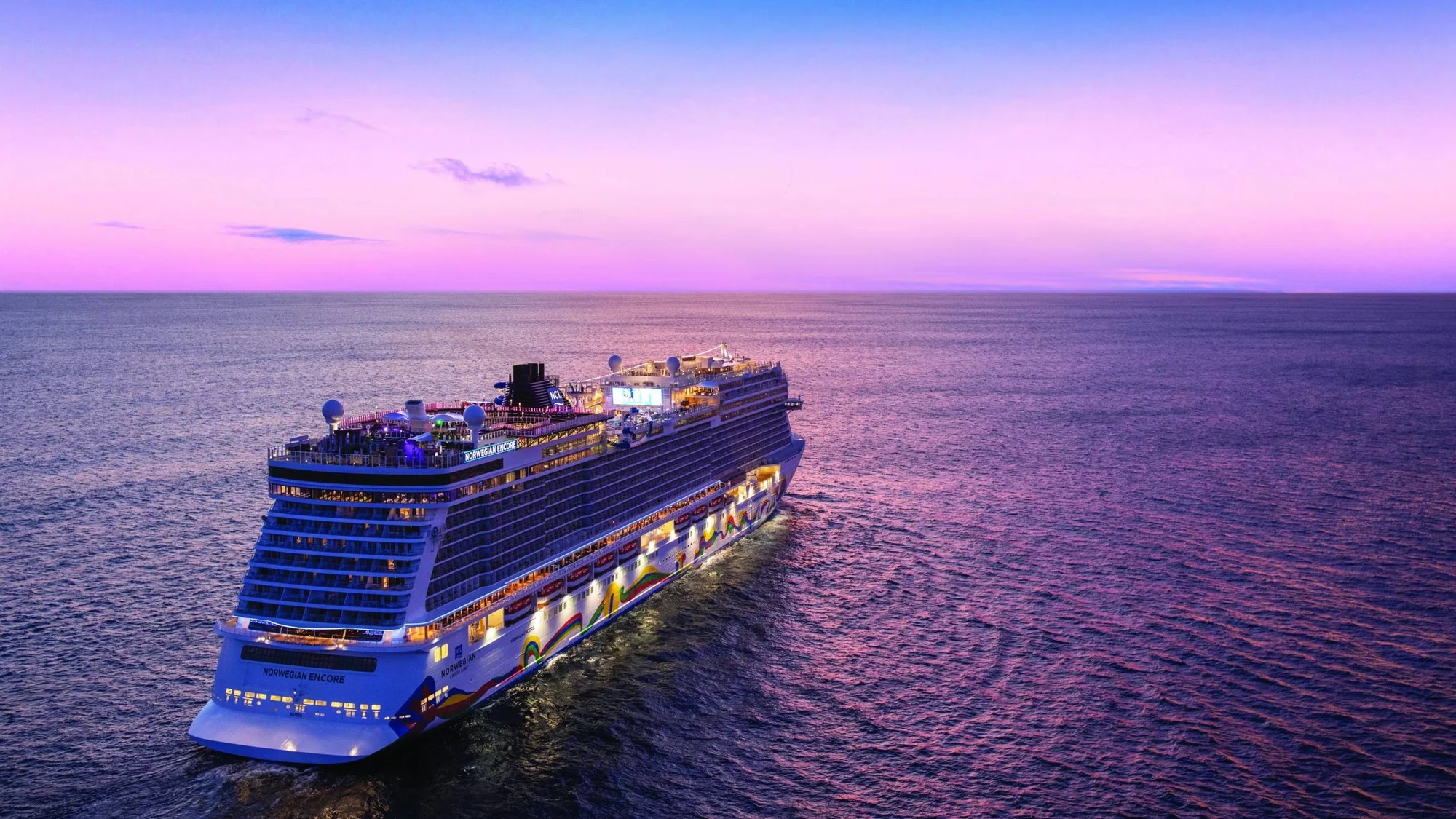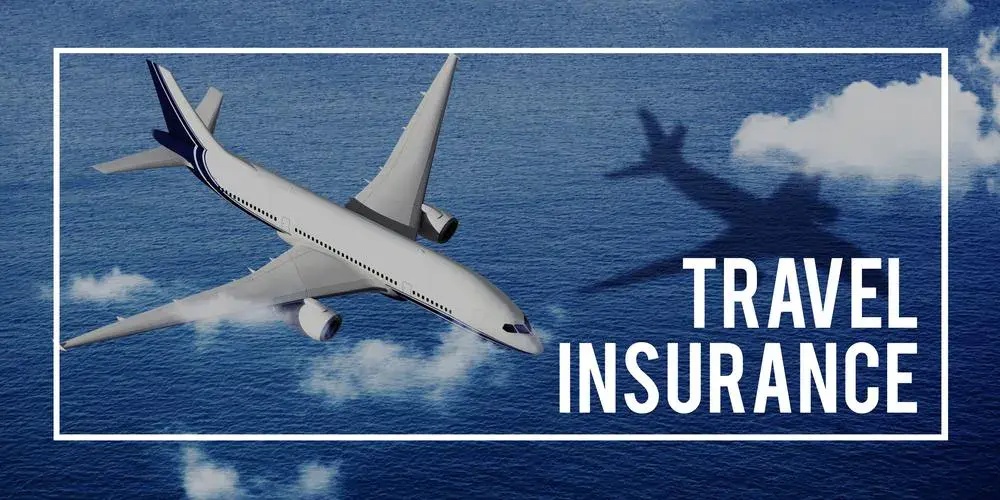The concept of leisure cruising dates back to the 19th century, when transatlantic voyages began offering luxury amenities for travelers. In the modern era, cruise travel has become a popular choice for exploring multiple destinations in a single trip, often including ports in different countries. Ships are designed as floating resorts, equipped with restaurants, theaters, pools, gyms, and entertainment facilities.
Cruises exist to provide convenience, entertainment, and cultural exploration in a single journey. They appeal to families, couples, solo travelers, and retirees who want an organized and memorable travel experience without the need to plan every detail of transportation and accommodation separately.
Importance
Cruise travel matters today because it connects tourism, hospitality, and cultural exchange.
Key reasons for its significance:
-
Tourism growth: Cruises contribute billions to the global travel economy, supporting ports, local businesses, and travel-related jobs.
-
Diverse audiences: Cruises cater to multiple demographics, including families, honeymooners, retirees, and adventure travelers.
-
Ease of travel: One of the biggest advantages is that travelers unpack once while visiting multiple destinations.
-
Cultural exposure: Cruises often visit different countries in a single itinerary, offering passengers the chance to explore new cultures and traditions.
Who it affects:
-
Travelers who seek a balance between leisure and exploration.
-
Port cities and destinations that benefit from increased tourism spending.
-
The travel industry including hospitality, food services, and transportation providers.
Problems it solves:
-
Reduces the need for separate booking of flights and hotels.
-
Simplifies travel planning for those who prefer organized experiences.
-
Offers accessible vacation options for elderly or mobility-limited travelers with onboard medical and safety support.
Recent Updates
The cruise industry has experienced notable changes over the past year (2024–2025):
-
Sustainability focus (2024): Many cruise lines have invested in cleaner fuels such as liquefied natural gas (LNG) to reduce emissions.
-
Digital booking tools (2025): Travelers increasingly use apps for itinerary planning, real-time updates, and personalized experiences.
-
Return of global cruising (2024): Cruise travel resumed to pre-2020 levels, with rising demand in Asia-Pacific regions like Japan, Singapore, and Australia.
-
Onboard technology (2025): Ships now feature AI-driven guest services, wearable devices for payments and cabin access, and virtual reality entertainment.
-
Health protocols: Updated maritime safety standards ensure improved sanitation, medical support, and emergency procedures for passenger well-being.
Laws or Policies
Cruise travel is shaped by maritime laws, international agreements, and government policies that protect passengers and ensure safe operations.
Important regulations include:
-
International Maritime Organization (IMO): Sets safety, environmental, and operational standards for cruise ships worldwide.
-
SOLAS (Safety of Life at Sea): Requires ships to maintain strict emergency equipment and evacuation procedures.
-
Environmental rules: Regions such as the European Union and North America enforce limits on emissions, waste management, and port sustainability.
-
Consumer protection laws: Many countries regulate passenger rights, ensuring compensation or assistance in cases of trip disruption.
-
Visa and customs policies: Passengers must comply with immigration requirements for each port of call, depending on their nationality and itinerary.
These policies make sure cruise travel remains safe, environmentally responsible, and legally compliant across international waters.
Tools and Resources
Travelers planning a cruise can take advantage of many digital tools and resources that simplify decision-making and enhance the experience.
-
Cruise comparison websites: Platforms like Cruise Critic or CruiseMapper provide insights into ship features, routes, and traveler reviews.
-
Travel apps: Mobile apps help with itinerary planning, onboard activity scheduling, and real-time notifications.
-
Maritime tracking tools: Websites such as MarineTraffic allow passengers to follow ship locations in real time.
-
Budget calculators: Online calculators assist in estimating expenses for excursions, dining, and activities.
-
Packing templates: Downloadable checklists ensure travelers don’t forget essentials like travel documents, adapters, or appropriate attire.
-
Safety and health resources: Government travel advisory websites provide updates on visas, customs rules, and health guidelines for specific destinations.
Comparison Table: Traditional Travel vs Cruise Travel
| Feature | Traditional Travel | Cruise Travel |
|---|---|---|
| Accommodation | Hotels in multiple locations | One cabin throughout the journey |
| Transportation | Flights, trains, or buses | Ship as main mode of transport |
| Cultural Exposure | Varies by city stay length | Multiple destinations in one trip |
| Entertainment | Local attractions only | Onboard shows, activities, and dining |
| Planning Effort | High, with multiple bookings | Low, most aspects included |
FAQs
What is included in a cruise trip?
Most cruise trips include accommodation, meals, entertainment, and transportation between ports. However, excursions, specialty dining, and some activities may be optional.
Are cruises safe for beginners?
Yes, cruises are considered safe. International maritime laws ensure strict safety protocols, including lifeboat drills, emergency medical facilities, and trained crew members.
Do I need a visa for cruise travel?
Visa requirements depend on your nationality and the ports of call. Some countries allow cruise passengers short-term entry without a visa, while others require advance applications.
What types of cruises are available?
Cruises vary from ocean voyages and river cruises to expedition journeys and luxury sailings. Each type caters to different travel interests and budgets.
How do cruises impact the environment?
Cruise ships consume fuel and produce emissions, but the industry is shifting toward cleaner technologies such as LNG and adopting stricter waste management practices to reduce environmental impact.
Conclusion
Cruise travel combines exploration, comfort, and entertainment in a single journey, making it a unique part of the global tourism landscape. It allows travelers to experience multiple destinations without the challenges of constant planning and packing.
With recent updates in sustainability, digital integration, and passenger safety, cruises are becoming more appealing and accessible. Regulations ensure that travel is conducted responsibly, while tools and resources help travelers prepare effectively.
For beginners, cruise travel is an excellent way to explore the world with guidance, convenience, and a balance of leisure and cultural discovery. By understanding the context, importance, rules, and latest trends, travelers can make informed choices and enjoy memorable journeys at sea.




